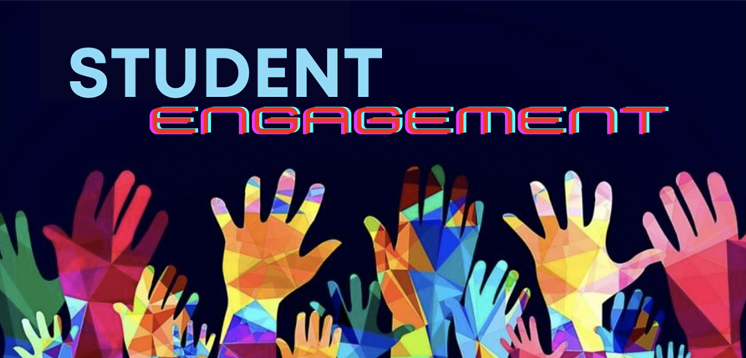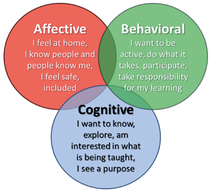 In my October 2020 blog post I shared in detail about the Question Formulation Technique (QFT), a process that can greatly improve your student's ability to ask more, high quality questions. The QFT is simply one way to help engage students more deeply and tap into their natural, intrinsic curiosity. A stunning fact about students and asking questions is that the average preschooler can ask 400-500 questions per day while the average high school student asks only 1-2. This begs the questions, what happens to a student's curiosity as they go through school? Shouldn’t school be highly engaging and spark a student's interest resulting in them becoming more curious about the world around them? Why then do students ask significantly fewer questions, a sign of curiosity, as they age? Every student possesses an intrinsic curiosity that fuels their desire to learn. As educators, it is our job to help tap into that curiosity in order to give our students the most meaningful educational experience possible. When students in our class seem uninterested, unmotivated, or fail to complete work because they just don’t feel like it, that is our cue that whatever we are currently doing instructionally is not working for these students. Instead of casting blame on the student and labeling them as lazy, we should aim to design more meaningful instruction, one that aims to engage students more. For students to be engaged in our classrooms on a cognitive level, students must first be engaged on an emotional (sometimes referred to as “affective”) and behavioral level. In other words, students must feel as if their needs outside of the classroom have been met before they are capable of fully engaging in their academics. Building relationships and trust with our students is as critical in classroom instruction as is developing and consistently maintaining our classroom rules and procedures.  A bonus of the relationship building process is getting to know about our students interests and how they can be applied in our classroom instruction. Incorporating student interests in our daily instruction is a proven way of increasing student engagement levels in the classroom. For instance, when we know our students participate in certain sports, we can incorporate statistics from these sports into a math or science lesson. Or if a student participates in some civic engagement club or afterschool activity, we can incorporate their experiences into a writing task. These sorts of tasks also provide opportunities to give students a more “real-world” experience. When students feel as if the lesson has been catered to their interests, they’re more likely to participate. Don’t fear taking the necessary time to develop and maintain relationships with your students. Due to the demands of state assessments and the sheer volume of content expected, some find it difficult to devote the appropriate amount of time to this task. Rest assured, building relationships with your students can only get more instructional time back as the year progresses as when these relationships are prioritized, less classroom interruptions will occur. When relationships are not firmly established, you can expect more interruptions, leading to a loss in precious instructional time. Take the time to work on student-teacher relationships, you’ll gain more instructional time, learn important information about them to include in your instruction, and you’ll increase their overall engagement. By: Justin Shumaker, CA BOCES Professional Development
0 Comments
Your comment will be posted after it is approved.
Leave a Reply. |
Follow us on
|

